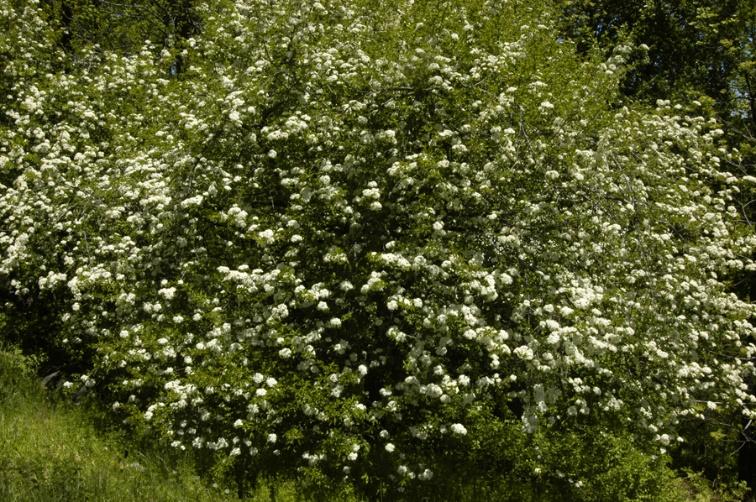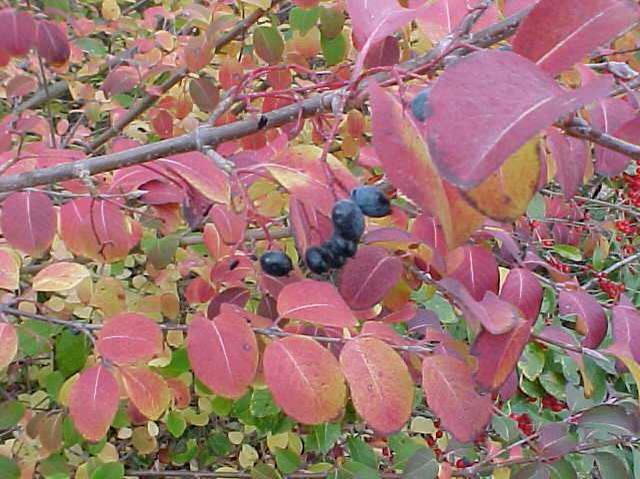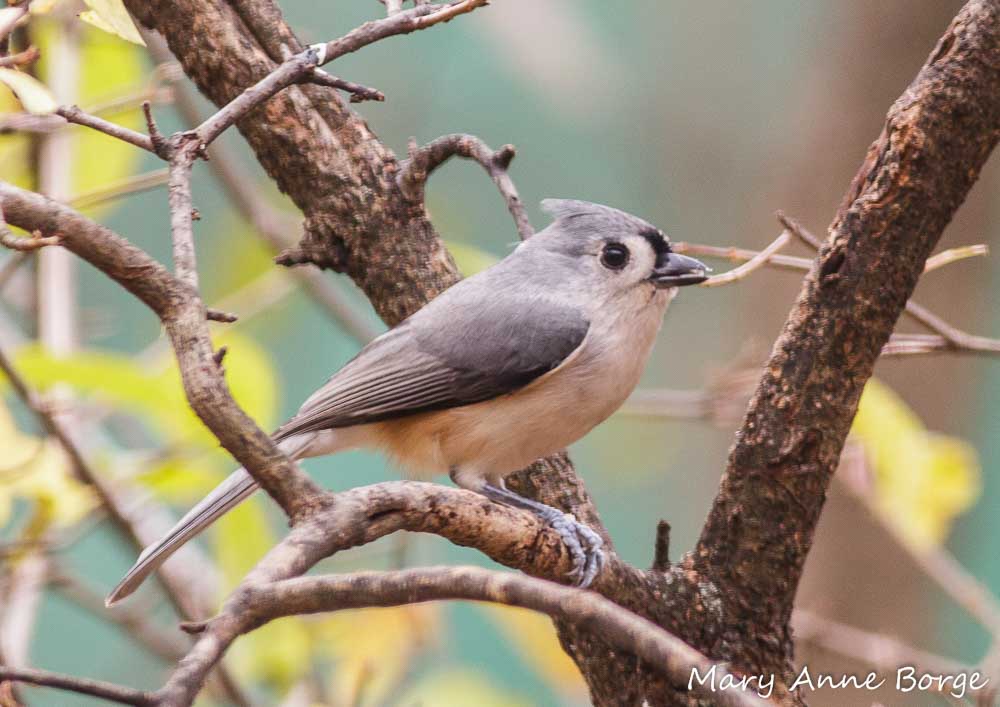blackhaw viburnum
Caprifoliaceae (Honeysuckle Family)
overview
overview
A large deciduous, multi-stemmed shrub that provides multi-season interest. Over time, it develops a rounded to irregular arching habit, reaching 10-20’ tall. In spring, it produces large quantities of attractive creamy-white, flat-topped clusters of flowers followed by showy, bluish-black fruit in late summer.
wildlife value
Fruit is a food source for birds and mammals, and flowers attract bees, butterflies & other pollinators. Several moth and butterfly caterpillars feed on the leaves.
maintenance
Prune immediately after flowering since flower buds form in summer for the following year.
sources
| Availability | Vendor | Website |
| X | Earth Sangha (VA) | https://www.earthsangha.org/ |
| X | Hill House Farm & Nursery (VA) | http://hillhousenativeplants.com/plant_list |
| X | Nature By Design (VA) | http://www.nature-by-design.com/plantlist2019.html |
| | Chesapeake Natives, Inc. (Region) | http://chesapeakenatives.org/plant-list/ |




